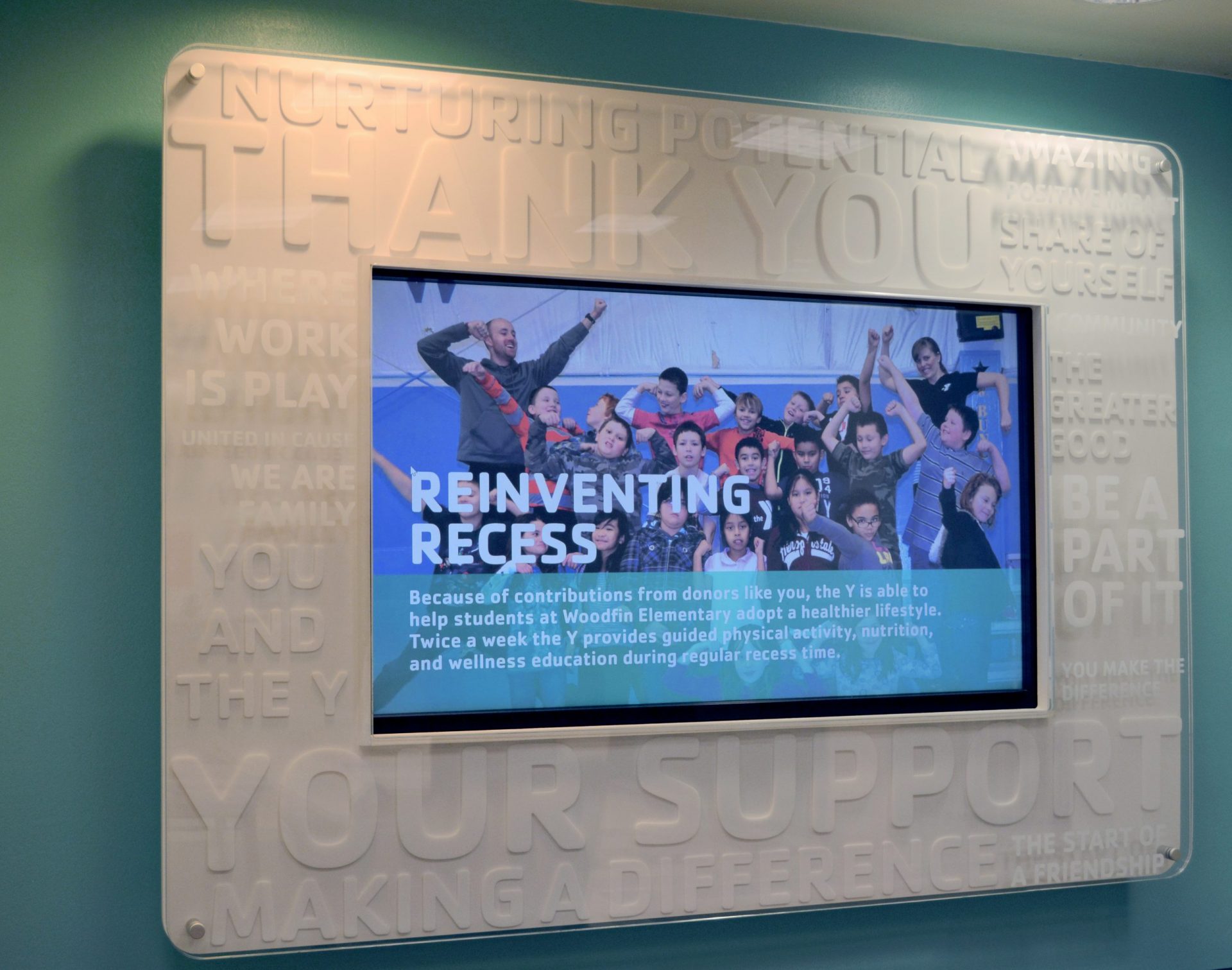When donor recognition strategies lack strategic objectives, all an organization can measure is the volume of activity and subjective feedback.
Those are valid elements to measure. But if that’s all you’re looking at, you’re missing out on the bigger impact your work is having on the institution as a whole. To determine success, you need a set of predetermined goals and success metrics for each project you take on.
I typically recommend monitoring three factors to gauge the effectiveness of improved donor recognition practices:
Donor satisfaction: In some situations, organizations bring my firm in when there is a need to satisfy one donor or a specific group of donors. In that case, anecdotal feedback is the best measure of success. More often, we are asked to address the recognition of one or more groups of donors. In those situations, we ask for a baseline measurement of donor giving history, which allows us to study any increases in gift amount or giving frequency. We also look for improvements in donor retention and engagement, such as better event attendance or increased volunteerism. We know there is a complex set of factors influencing changes in donor behavior. We also know the value of a strategic donor recognition program. To that end, we strive to maintain accurate records of changes following new donor recognition activity.
Efficiency: Before implementing a new donor recognition practice or improving a procedure, we survey staff to clarify the current situation and identify known problems. Once the new practice is in place, we recommend repeat surveys to verify that perceptions have improved. We also compare those perceptions to more objective data, like the time it takes to complete selected tasks and whether any costs have been reduced.
Internal awareness: One of the overlooked benefits of improving your donor recognition program is increased awareness of philanthropy across the organization, often referred to as an improved “culture of philanthropy.” With the client’s permission, we survey or conduct limited interviews across the organization to establish a baseline for how the organization understands the role of the fundraising team and/or philanthropy in accomplishing its overall mission. We repeat the survey or interviews after we roll out the donor recognition program and then at one-year intervals to monitor the results. Time and again, our findings support the claim that more public donor recognition, especially that which includes storytelling, improves awareness of and affinity for an organization’s donors.
Written By Anne Manner-McLarty
Anne Manner-McLarty is the managing editor of the Journal of Donor Relations and Stewardship. She founded Heurista in 2011, a leading resource for consulting specific to donor relations and stewardship, with particular expertise in the donor recognition program design and implementation.

